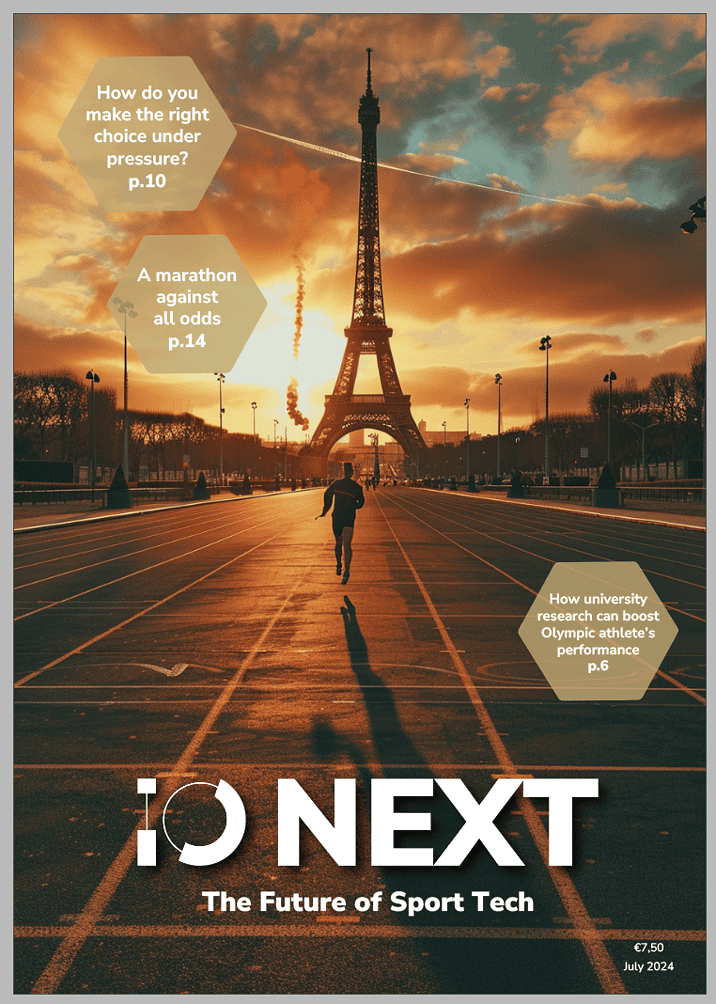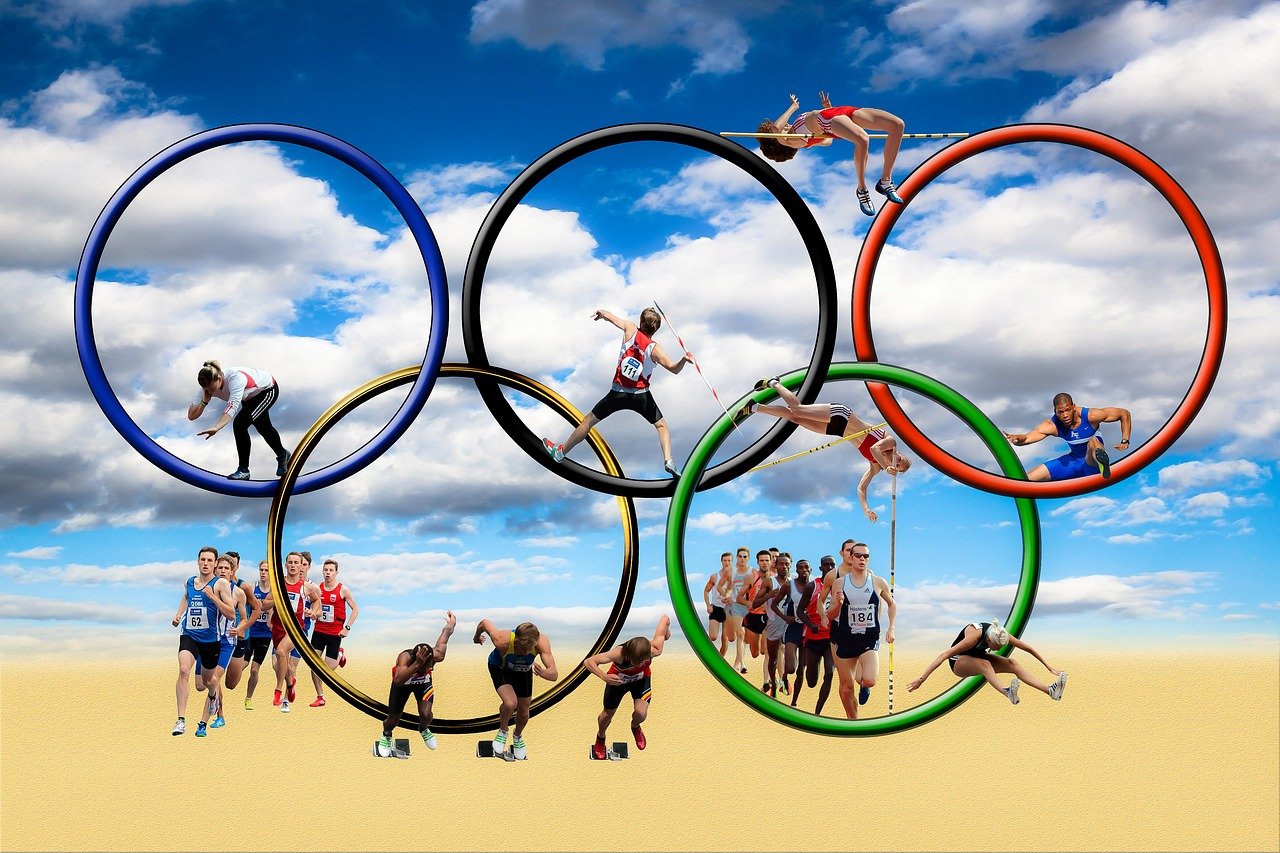
The countdown to Paris 2024 is well over and athletes from around the globe are geared up for the Summer Games, hoping to engrave their names in the annals of Olympic history. For the Netherlands, the outlook is particularly promising. Renowned sports data company Nielsen’s Gracenote has projected that the Dutch team will bring home an impressive 35 medals, including 16 gold, 9 silver, and 10 bronze.
Gracenote’s predictions have Dutch sports enthusiasts buzzing. The Netherlands is expected to improve its historic performance from Tokyo 2021, where the team clinched 10 gold, 12 silver, and 14 bronze medals. With Paris just around the corner, let’s delve into the science and technology behind these predictions and reflect on the legacy of Dutch medal forecasting.
There’s something about sport. And so here is a magazine full of technology and sport for you. For ‘IO Next: The Future of Sport Tech’ our team delved into innovations for professionals and amateur athletes.

The science behind the magic: Gracenote’s methodology
Gracenote, a subsidiary of Nielsen, is renowned for its precise sports data analysis. Their prediction model is no ordinary guesswork. It is rooted in sophisticated algorithms that analyze various sports results data from the Tokyo Games to the present day. By evaluating performance trends, world championship results, and other key metrics, Gracenote provides a scientifically grounded forecast for the upcoming Olympics.
Their approach involves crunching numbers from hundreds of competitions, tracking athletes’ progress, and assessing variables like injury reports and training data. This comprehensive analysis allows Gracenote to make informed predictions about medal outcomes, giving fans and athletes a glimpse of what to expect in Paris.

RUG economists turned fortune tellers: the legacy of medal predictions
For two decades, Dutch economists Fabian ten Kate and Elmer Sterken from the University of Groningen (RuG) were the pioneers in predicting Olympic medals. Their econometric model, which debuted at the 2002 Winter Games, combined economic indicators, population statistics, and previous performance data to forecast medal counts. Their predictions were not only accurate but also a source of national pride.
Ten Kate and Sterken’s model was built on solid economic theory. They factored in real per capita GDP, population size, and the historical performance of athletes in world championships. Their methodology evolved over the years, incorporating more detailed data and refining their algorithms. For Tokyo 2021, their model predicted 34 medals for the Netherlands, closely mirroring the actual tally 36.
Sadly, after Tokyo 2021, these two economic wizards decided to retire their model. Their departure marked the end of an era for Dutch Olympic forecasting.
Embracing the Olympic spirit
As we approach Paris 2024, the thrill of the Olympics captivates fans and athletes alike. The meticulous predictions by Gracenote add another layer of excitement, transforming data into a narrative of potential triumphs. The blend of sports and science offers a fascinating glimpse into the future, where every medal forecast carries the weight of rigorous analysis and technological innovation.
While the RUG economists have passed the torch, the legacy of their pioneering work lives on in today’s sophisticated models.. The excitement surrounding the Olympic Games is not just about the competition; it’s also about the incredible advancements in data analysis that allow us to anticipate and celebrate athletic achievements. Whether you’re a casual fan or a data enthusiast, there’s something magical about the intersection of sports and science.


